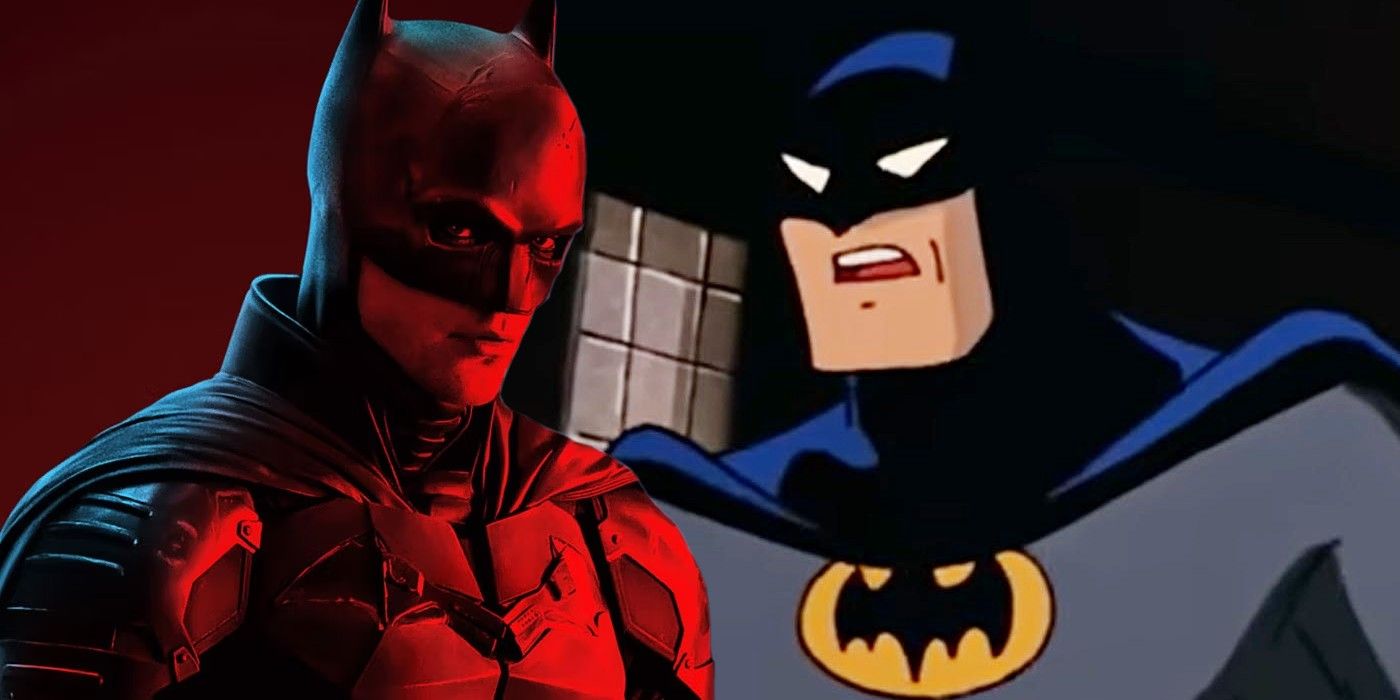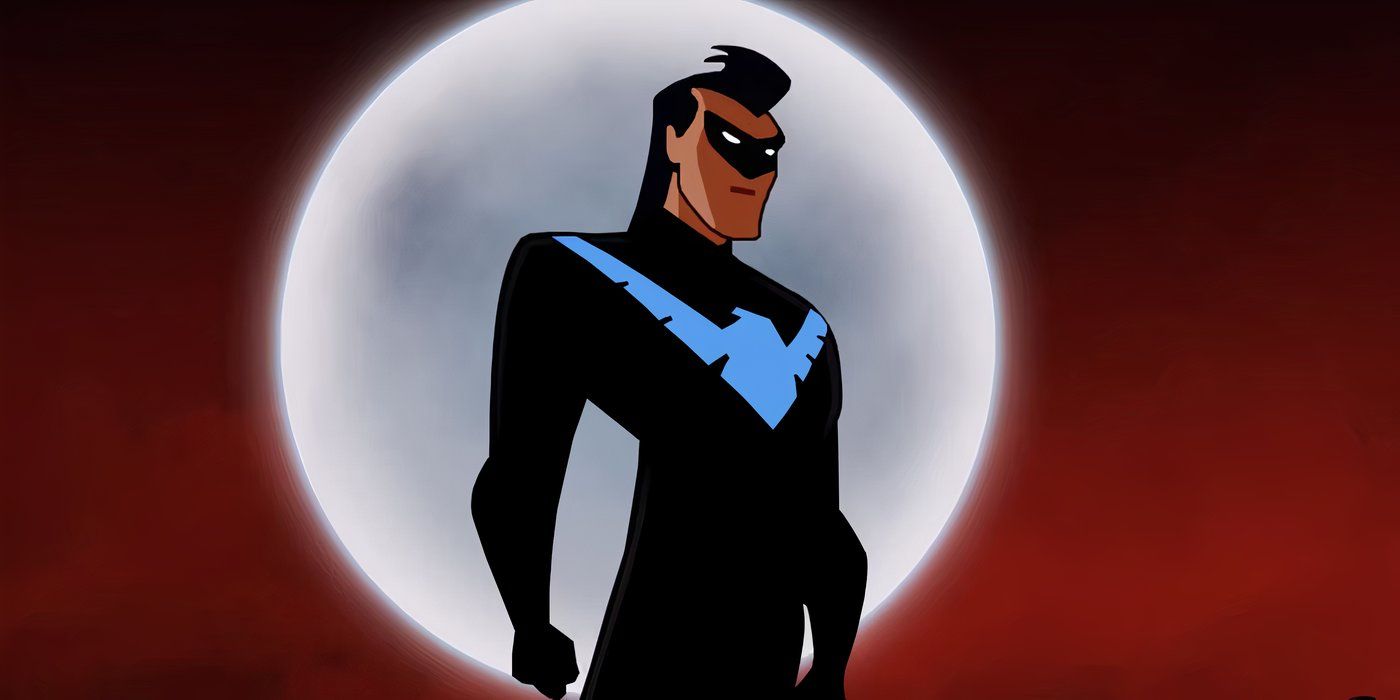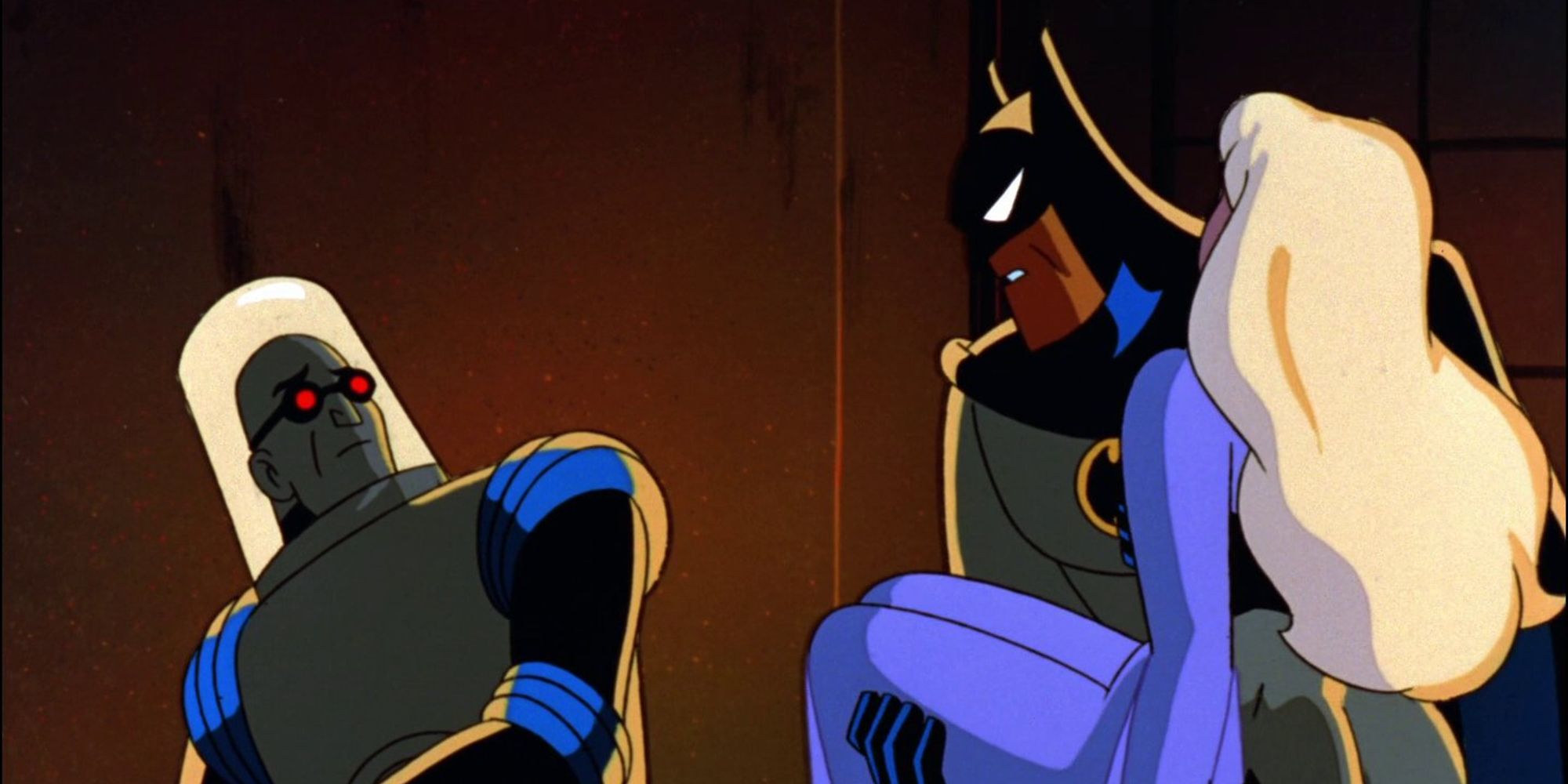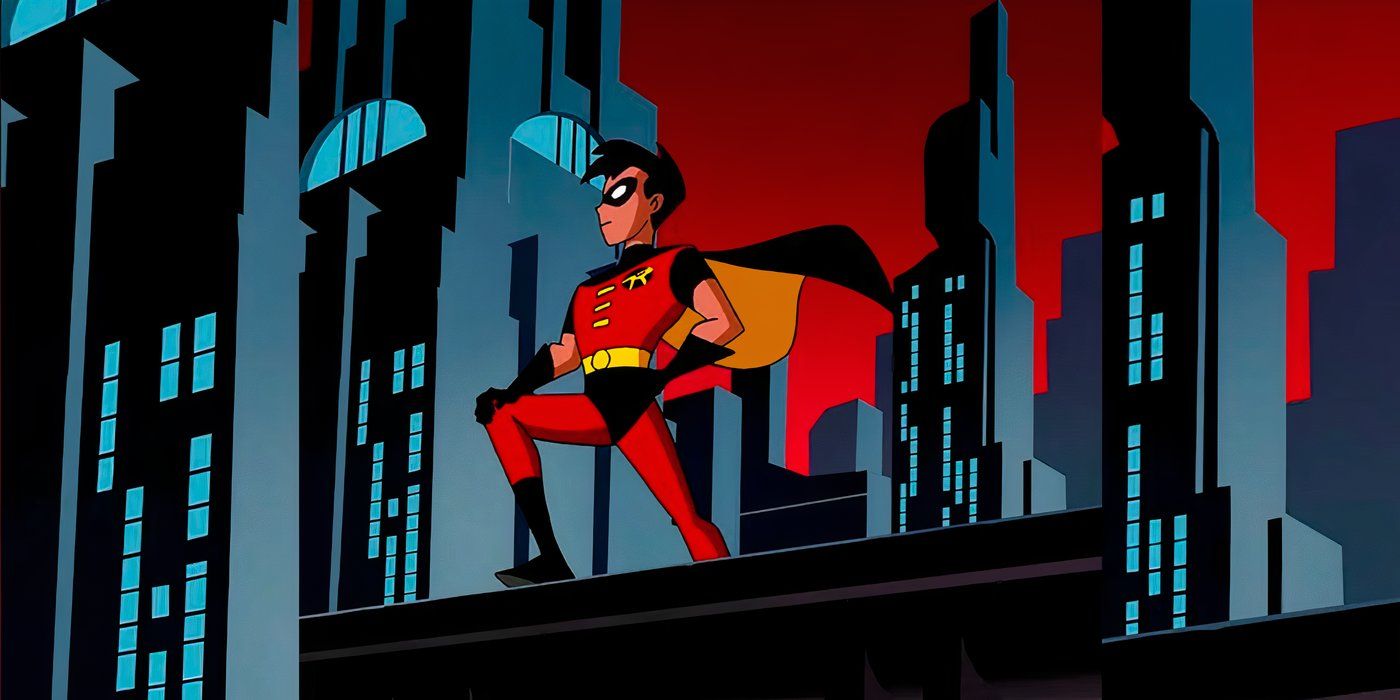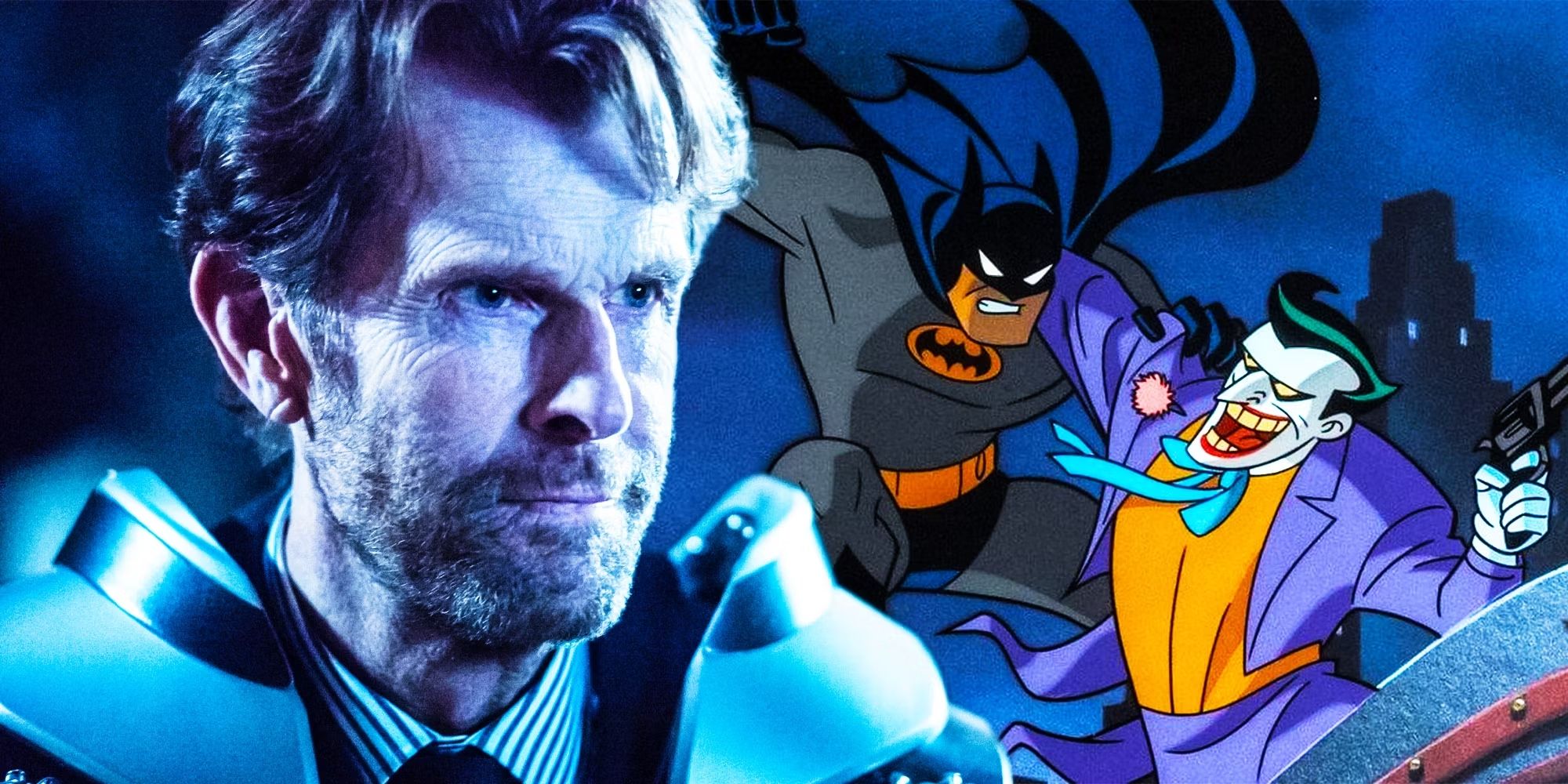Batman: The Animated Series is a classic for a reason. The DC series is known for its colorful cast of characters, creative lore changes, and empathetic writing, among other aspects of the show. Even 30 years later, Batman: The Animated Series is held up as one of the best adaptations of Batman. First airing in 1992, Batman: The Animated Series ran for 85 episodes on Fox Kids, and it was reimagined as The New Batman Adventures for Kids WB in 1997. The latter was set after a time skip and had a stronger focus on supporting characters and the DCAU.
When revisiting the series, both iterations are often grouped as a singular show by fans due to being in the same continuity, though they can be watched separately. Viewing both in succession is, however, the best way to get the full story, a benefit that viewers in 1992 did not have. Regardless, the series is remembered fondly for a reason, and rewatching Batman: The Animated Series makes it clear just how well it aged.
10 Batman: The Animated Series’ Lore Changes Are Better Now We Know They’re Lasting Ones
Batman: The Animated Series Made Lasting Alterations To DC Lore
Batman: The Animated Series played around with the Batman lore in unique ways. While the series aired, it gained enough popularity that many of these changes became part of the DC mythos. For instance, Zatanna’s father training Bruce Wayne as an escape artist made the leap from screen to page. Killer Croc is less of a man with a skin condition and more of a reptilian monster. Harvey Dent’s psychological issues now stem from before he became Two-Face. Renee Montoya is not only a major fixture in the GCPD, but she is also a main character in Birds of Prey.
However, the most lasting legacy of Batman: The Animated Series is the introduction of Harley Quinn. Though she was created to further characterize the Joker, Harley captivated audiences, and her character became increasingly sympathetic as the series progressed. She is perhaps the best case study of why the series holds up well. Batman: The Animated Series understood the world and characters of Gotham enough to expand it faithfully.
9 Harley Quinn’s DC Career Totally Changes How Watching Her Batman: The Animated Series Introduction Feels
Harley Quinn Is Now One Of DC’s Most Iconic Characters
Harley Quinn’s introduction in Batman: The Animated Series fundamentally changed the DC universe. Debuting in the seventh episode, she is a Joker devotee blinded by her love for the Clown Prince of Crime. The Joker is abusive to Harley, and he often throws her under the bus in order to escape. Interestingly, Batman: The Animated Series doesn’t pull the punches when it comes to Harley. She is an unambiguous victim, and Batman himself sees that. In The New Batman Adventures episode “Mad Love,” Harley’s origin is revealed as the Joker’s former therapist who he manipulated into helping him escape.
Batman: The Animated Series established Harley as an interesting and sympathetic character, which carried over into the broader DC Universe in interesting ways. Over the years, Harley broke up with the Joker, found a new, healthier love, and became a better person. Harley has headlined multiple movies. She’s been a sidekick, an anti-hero, and even an actual hero, to the extent that she is sometimes included as a member of the Batfamily. Harley is also a huge symbol of empowerment, so it is interesting to return to her somewhat sad origins in Batman: The Animated Series.
8 Grittier Batman Movies & Shows Make The Animated Series’ Comedy Balance Even More Special
Batman: The Animated Series Takes Advantage of Its Colorful Cast
Though it has heavy moments, Batman: The Animated Series has a fair share of comedy. Due to being a cartoon, the show could balance the disparate tones more easily than a film. As a result, Batman: The Animated Series becomes more fun after years of grittier Batman content. While The Dark Knight and The Batman sought more realistic approaches to Gotham and its inhabitants, the cartoon takes a zanier approach. Episodes have Batman put on trial by his outlandish villains, the Joker quipping about the IRS, an episode devoted to brainwashed comedians becoming supervillains like the Condiment King, and more.
The comedy is balanced out by serious stories, sometimes within a single episode. The trial episode, for example, has Scarecrow, Two-Face, Mad Hatter, the Joker, and more up to their usual hijinks; however, it also follows Bruce’s conflicting feelings over whether Gotham actually needs–or wants–him. Darker Batman stories can be fun, but Batman: The Animated Series showcases that it’s possible to have your cake and eat it too.
7 Watching Robin Become Nightwing Is More Satisfying Knowing The Hero He Grows Into
Batman: The Animated Series Featured The Television Debut Of The Hugely Popular Nightwing
Batman: The Animated Series is debatably the first show to treat Robin seriously. Dick Grayson is still Batman’s sidekick and ward, but he also has his own separate goals and interests. The most obvious instance is the Emmy Award-winning two-parter “Robin’s Reckoning,” which serves both as Dick’s origin story and his greatest trial so far. Years after Bruce takes him in, Robin is presented with the opportunity to avenge his parents’ murder, but Batman prevents him from doing so. At first, Dick resents him, but after Bruce confesses he was afraid of losing him, the duo reconcile.
It’s a heartwarming story that gives Robin and Batman depth. Batman: The Animated Series uses the growing pains to further Dick’s character after the time jump. He is replaced by Tim Drake as Robin, becoming Nightwing. The New Batman Adventures featured the first representation of Nightwing outside of comics, and it was incredibly influential in the character’s lasting popularity. Revisiting Robin’s transition into Nightwing in Batman: The Animated Series is a fun exercise, especially after almost 30 more years of the character.
6 Relationship Setups In Batman: The Animated Series Are Paid Off In Other Movies, Shows, And Comics
Batman: The Animated Series Foreshadowed One Of DC’s Most Beloved Couples
In addition to expanding on Bruce and Dick’s relationship, Batman: The Animated Series sets up character dynamics that are still relevant. Nightwing and Barbara Gordon’s Batgirl weren’t romantically linked before the series, with his previous main love interest being Starfire. Since then, the two have been a couple on-and-off throughout various DC media, though Barbara has been in relationships with Bruce, Tim, and Jason Todd as well.
Aside from the heroes, Batman: The Animated Series laid the groundwork for one of the biggest relationships in comics: Harley Quinn and Poison Ivy. Though the two never became a couple in the cartoon, their cheeky friendship showed their potential as a duo. More importantly, Ivy did her best to help Harley recognize the Joker was bad for her. Without their iconic scenes in Batman: The Animated Series, the Harley and Ivy romance wouldn’t exist, and neither would one of the most popular same-sex relationships in the DC Universe.
5 Mr. Freeze Is Made Into An Anti-Hero In Batman: The Animated Series
Batman: The Animated Series Redefined Mr. Freeze’s Origin
Batman: The Animated Series put in the work to make its villains multidimensional. No character exemplifies this more than Batman: TAS‘s version of Mr. Freeze. Initially, his comic counterpart was a mad scientist who could not survive in temperatures above subzero after a lab accident. Batman: The Animated Series put a tragic spin on this backstory: his accident is the result of trying to cure his terminally ill wife, Nora. Every “evil” action Mr. Freeze takes is driven by saving her. As a result, he is more sympathetic. Though Nora later survives, Mr. Freeze is unable to be with her due to his condition.
Mr. Freeze’s origin from Batman: The Animated Series is now his mainstream history. In fact, his characterization in Batman & Robin, Gotham, Harley Quinn, and more take this origin in unique directions, even redeeming him in some instances. The heartwrenching recontextualization of Mr. Freeze is yet another reason Batman: The Animated Series is an enduring classic.
4 Batman: The Animated Series Popularized Modernized Designs For Many Characters
Batman: The Animated Series Updated The Appearances Of Many Classic Characters
When updating characters from the 1940s for the 1990s, Batman: The Animated Series naturally had to change their appearances. In particular, the show made the excellent decision to cover Robin’s legs. Dick’s Robin was given green tights under a red leotard, while Tim’s design simplified this further with black briefs and red tights. Since Batman: The Animated Series, both iterations of Robin are commonly seen wearing tights or pants. Additionally, Tim often wears the red, yellow, and black color scheme, making him visually distinct from other Robins.
Likewise, the Riddler was given a green suit and bowler hat, both of which were used in the 1966 Batman series. His previous comic outfit was a jumpsuit covered in question marks. Though he returned to this jumpsuit look in The New Batman Adventures, the debonair suit is now the Riddler’s most iconic appearance. These understated changes to characters’ appearances make Batman: The Animated Series feel ahead of its time.
3 Batman: The Animated Series Feels Like An Unofficial Prequel To The Arkham Games
Batman: Arkham Asylum Borrows A Lot Of Elements From The Cartoon
Batman: The Animated Series impacted a lot of major Batman media over the years, but these influences are most evident in Batman: Arkham Asylum and its sequels. Released in 2009, the video game reunited Batman: The Animated Series cast members Kevin Conroy, Mark Hamill, and Arleen Sorkin as Batman, the Joker, and Harley Quinn. Perhaps more notably, however, Batman: Arkham Asylum was written by Paul Dni, a writer and producer of the cartoon.
From Mr. Freeze’s motives to the Joker and Harley’s relationship, the Batman: Arkham games borrowed many plot elements from Batman: The Animated Series. Some entries in the franchise also offer alternate costumes, allowing Batman and his allies to resemble their animated counterparts. Though the show isn’t required viewing for the games, these shared elements make Batman: The Animated Series a fun lead-in for the Batman: Arkham series.
2 Batman: The Animated Series Showcases The Late, Great Kevin Conroy’s Immense Talent As Bruce Wayne
Kevin Conroy Is The Best Caped Crusader
Though many talented actors have played Batman before, Kevin Conroy perfected the character in Batman: The Animated Series. He brought new dimension to the character through his two distinct voices for Batman and Bruce Wayne. His performance was so beloved that he went on to play Batman in a large variety of DC productions, including a live-action appearance as Bruce Wayne on Batwoman.
Sadly, Conroy passed away in 2022 after 30 years of voicing the Caped Crusader. His final time playing Batman is in Justice League: Crisis on Infinite Earths, Part Three. Rewatching Batman: The Animated Series is a fitting way to remember his immense talent as a voice actor. Though Conroy’s Batman will be dearly missed, his final words in the role were perfect: “I care Joker. About Gotham, about Justice. And if it has to end, at least I go out like this… being Batman.“
1 Batman: The Animated Series Is An Amazing Introduction To The DC Animated Universe
Batman: The Animated Series Paved The Way For The Justice League
Batman: The Animated Series is the show that launched the DC Animated Universe. As such, the cartoon is the cornerstone for everything that comes afterward. It was followed by Superman: The Animated Series, Batman Beyond, Static Shock, The Zeta Project, Justice League, and Justice League Unlimited, as well as several film spin-offs. Without Batman: The Animated Series, DC media would not look the same. Additionally, the DCAU spanned around 15 years in its original heyday, making it the basis many children had for Batman, Superman, and the Justice League.
It would be difficult to overstate the impact of Batman: The Animated Series. Beyond the DCAU, The Batman, Teen Titans, and more drew from the series. As such, Batman: The Animated Series should be mandatory viewing for any DC fan, especially if also watching Justice League.



